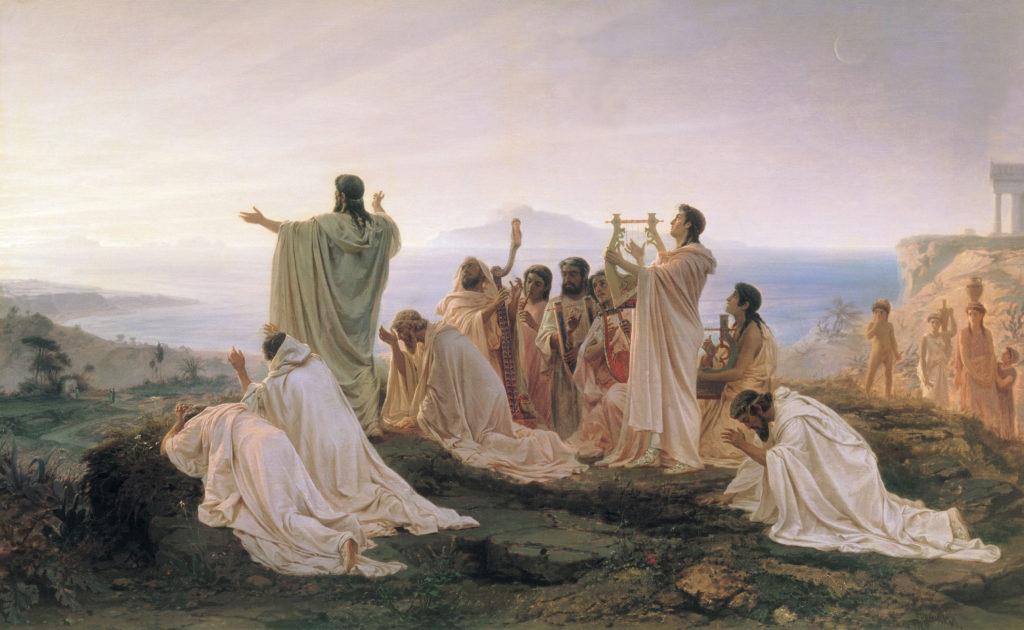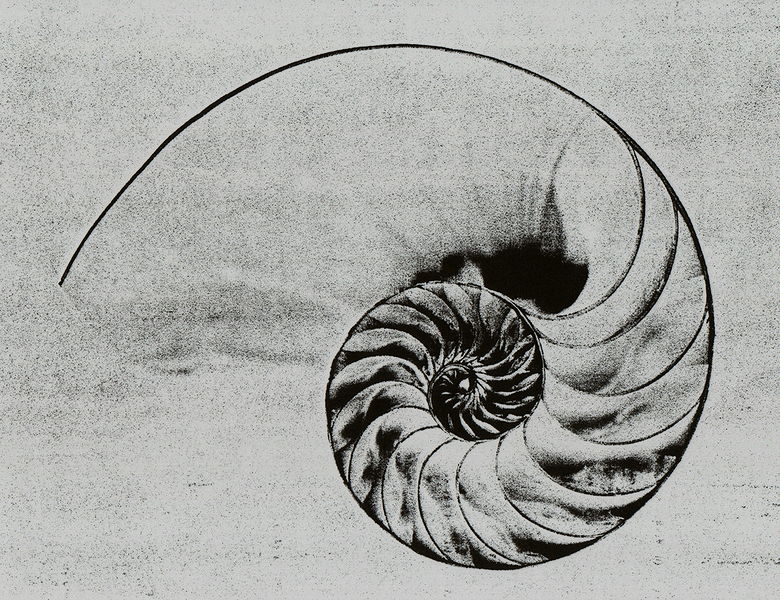
The advent of Western civilization, usually localized in Mesopotamia around 4000 bce, saw the rise of religious and political institutions that encouraged a twofold division of the earliest medicine known into two specific denominations, temple medicine and lay medicine. Heeded by the temple priest or priestess, temple medicine supplanted ancient psychotherapeutic methods that had dealt with mental or psychological dysfunction for millennia on end (i.e. exorcism, magical healing, hypnosis) whilst lay medicine or medicine proper, the branch of healing dedicated to the diagnosis and treatment of physical illness, became the abode of the physician. Unlike our present era in which there is a seemingly irreconcilable schism between the priesthood of the three major monotheistic religions and medical doctors, the healing priests and physicians of former times worked together harmoniously and even recommended one another’s services when the area of wellbeing needing to be addressed fell outside their own medical and philosophical jurisdiction. On the Greek island of Kos, Hippocratic medicine subsisted alongside the Asklepeia before the latter were rendered defunct by the evolution of natural science. Galen, the preeminent physician, surgeon and philosopher of the second century ce, encouraged intercourse between the variant streams of medicine by referring many of his own patients to the Askepeia of Pergamon for further treatment. This perception was made possible by the notion that all created matter stemmed from the same origin and source, a fundamental law that bound both the phenomenal and spiritual worlds.
Perhaps the most interesting thing about the development of civilization in Mesopotamia (the land between the Tigris and Euphrates rivers), the Nile Valley, the Hindu Kush, and the lands around the Mediterranean Sea is that it came equipped with the development of complex religious and philosophical systems through which the cosmos could be comprehended and interpreted. Many of these knowledge systems propagated very powerful techniques of psychosocial grooming with psychotherapeutic repercussions. Yoga, the meditative technique used for physical, mental, and spiritual integrations by Hinduism, Buddhism, Jainism, and Sikhism, is a perfect example of an orthodox school of thought with a psychotherapeutic methodology. Some of the best known examples are actually Western and derive from the esoteric traditions of the classical period. The Pythagoreans, the Epicureans, the Stoics, the Platonists, and the Aristotelians were advocates of philosophies whose metaphysical cosmogonies went much further than speculative thought. In fact, these addressed all denominations relating to one’s mode of being–morals, ethics, relationships, intellectual and spiritual orientation, diet, dress, ritual, and a lot more. More often than not initiation into a particular “school” was an honour and distinction in itself, and members were expected to live in accordance to the teachings and doctrines of its founder. An oath of secrecy was the rule rather than the exception for most schools and those who digressed from rules, regulations, and any conditions imposed by its founder were automatically extradited.
Pythagoras of Samos (c. 570 –c. 495bce) is often credited as the first Westerner to found an esoteric movement and “school”; the “religious and philosophical system” known as Pythagoreanism was taught from the Pythagorean Institute in Crotona in southern Italy nearly two thousand years before the advent of its modern equivalent, the secret and esoteric society of Freemasonry. Each school–Pythagorean, Epicurean, Stoic, Platonist, and Aristotelian–propagated and disseminated the teachings of its founder. In the Pythagorean Institute, for instance, initiates learnt mathematics, astronomy (inseparable from astrology), music, and the doctrine of the monochord. Their metaphysical explorations were ample and variegated; they contemplated the inner life, discussed spiritual experiences and encounters, and dissected the Eastern doctrine of reincarnation. Secondary sources claim that initiation into Pythagoras’s esoteric school was strictly by selection and that the first five years of tuition were undertaken in complete silence. Pythagoras employed specific methods in training and conditioning the minds of his disciples; prolonged periods of silence were utilized for the sole purpose of sharpening individual willpower and mathematics and arithmetic were used to improve memorization and memory recall. Diet and music, according to Pythagoras, were crucial to the optimum functioning of the body along with the maintenance of inner and outer harmony, and so two primary coefficients of being Pythagorean were following a vegetarian diet and listening to various musical compositions upon awakening and before retiring to bed. Music was actually a primary therapeutic method used in the treatment of physical ailments.
Sometimes the elitist attitudes and sentiments cultivated by various religious and philosophical schools spurred polemics against movements, philosophers, and individuals not of the same cosmological rubric. From this viewpoint institutionalization of philosophical and esoteric spirituality betrayed fundamental unity and harmony, the very values and morals upon which its own teachings rested. Ostracised members or individuals rejected and excluded from esoteric circles and movements would sometimes act out of rage, hate, or pure spite and enact vengeance against the school’s founder, often to the latter’s detriment. This was certainly the case with the first man to ever call himself a “philosopher”. The French writer and occultist Edouard Schure (1841-1929) relays that a rejected candidate by the name of Cyton became so disillusioned with Pythagoras that he declared war upon him. Many Pythagoreans perished during this uprising. The great teacher sought refuge in a cottage on the outskirts of Crotona with some of his followers, but Cyton managed to track them down and set it alight. Poisonous fumes from the growing fire asphyxiated everyone inside, including Pythagoras.
Generally speaking each school trained the minds of its initiates or pupils with exercises unique to the religious or philosophical system to which it adhered. A unique feature of the Platonic school was the search for objective truth through philosophical discussions between teacher and pupil or between two pupils in a temenos or sacred space. The Aristotelian, Epicurean, and Stoic schools were slightly different in their intellectual orientation and emphasized an encounter with objective reality that was based on natural science and the rationality of the five senses. Stoic philosophy, so named because of its assertion that emotion distorts the intellectual plight to discover truth, taught mystical techniques of dissociation whereby a certain concept (i.e. good, evil, death, love, and hate) was divorced from all associative sentiments, dreads, and recollections that had been hitherto forged by classical conditioning. Alternatively the Epicureans utilised a verbal and mental technique of reciting positive affirmations not unlike the ones utilized by many metaphysical and spiritual schools today. The aim of the meditative technique was to penetrate the personal subconscious and implant it with beneficial attitudes and beliefs so that the individual might begin to behave and act in ways that reflect the psychic condition. There can be no doubt that this form of reprogramming encompassed psychotherapeutic consequences and many individuals would have benefitted greatly from it. This makes the founders of these schools and the scholarchs or successors psychologists, or something of the like; Stoics do share certain similarities with Adlerians and existentialists, Platonists with Jungians, and Epicureans with Freudians.









